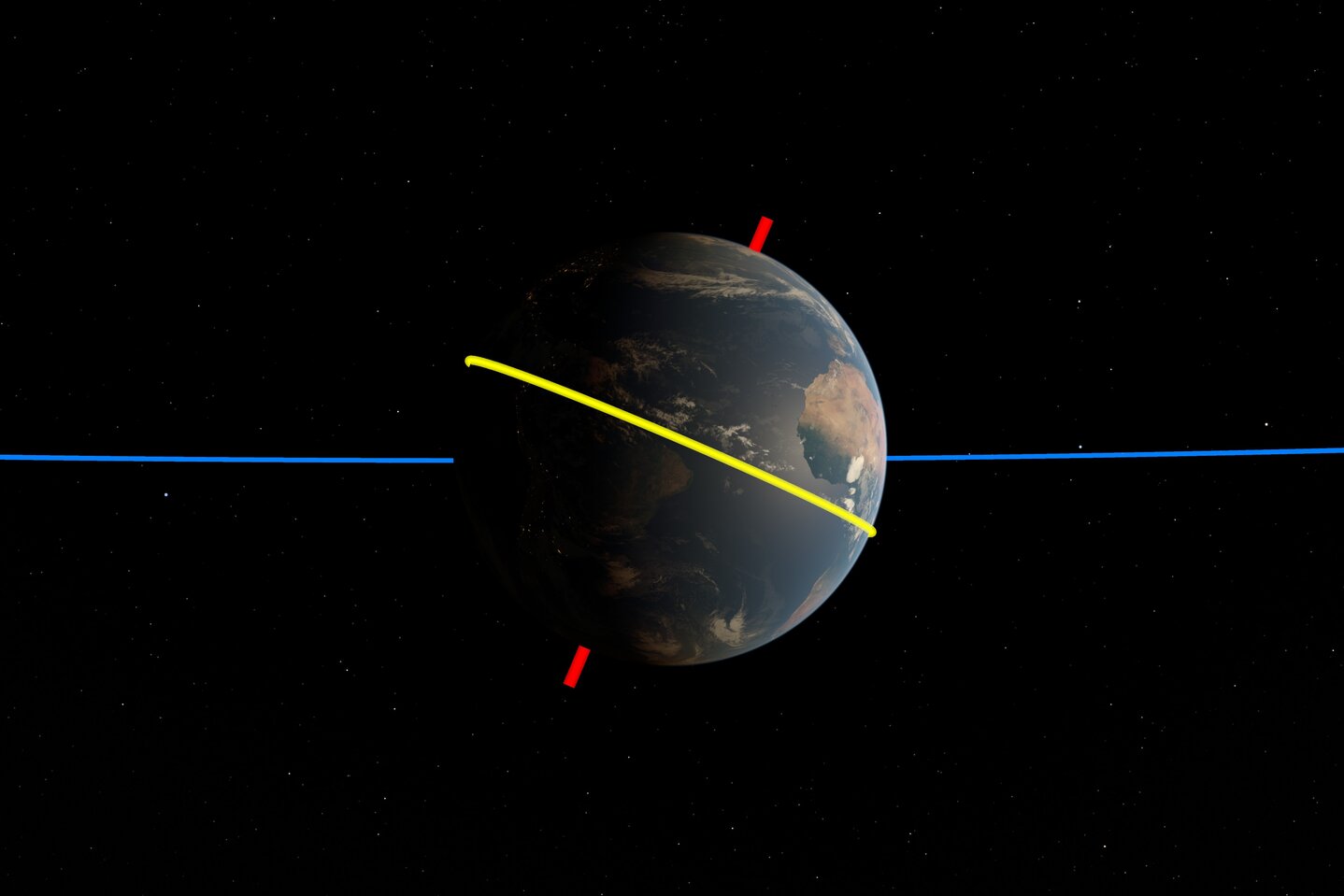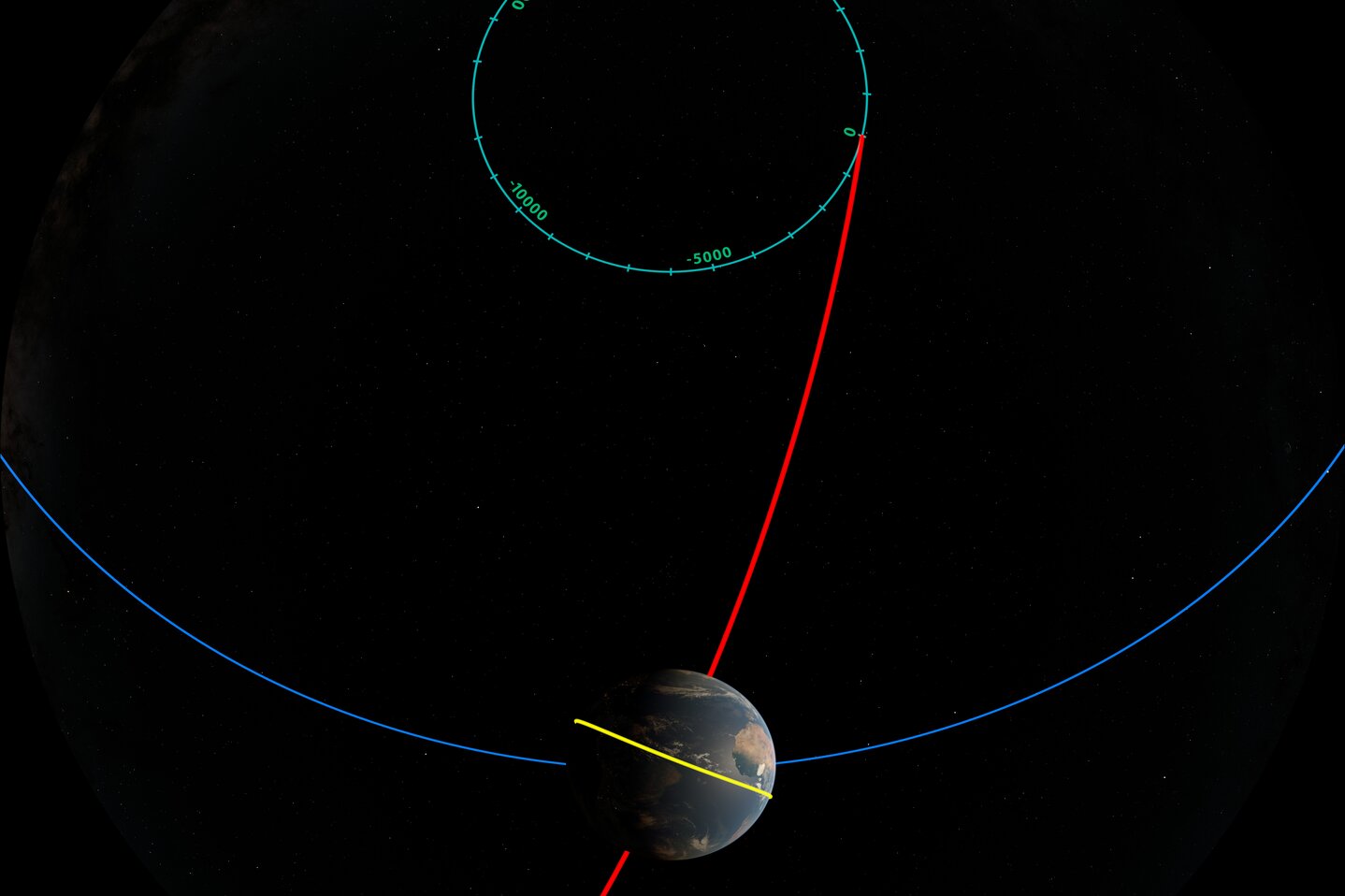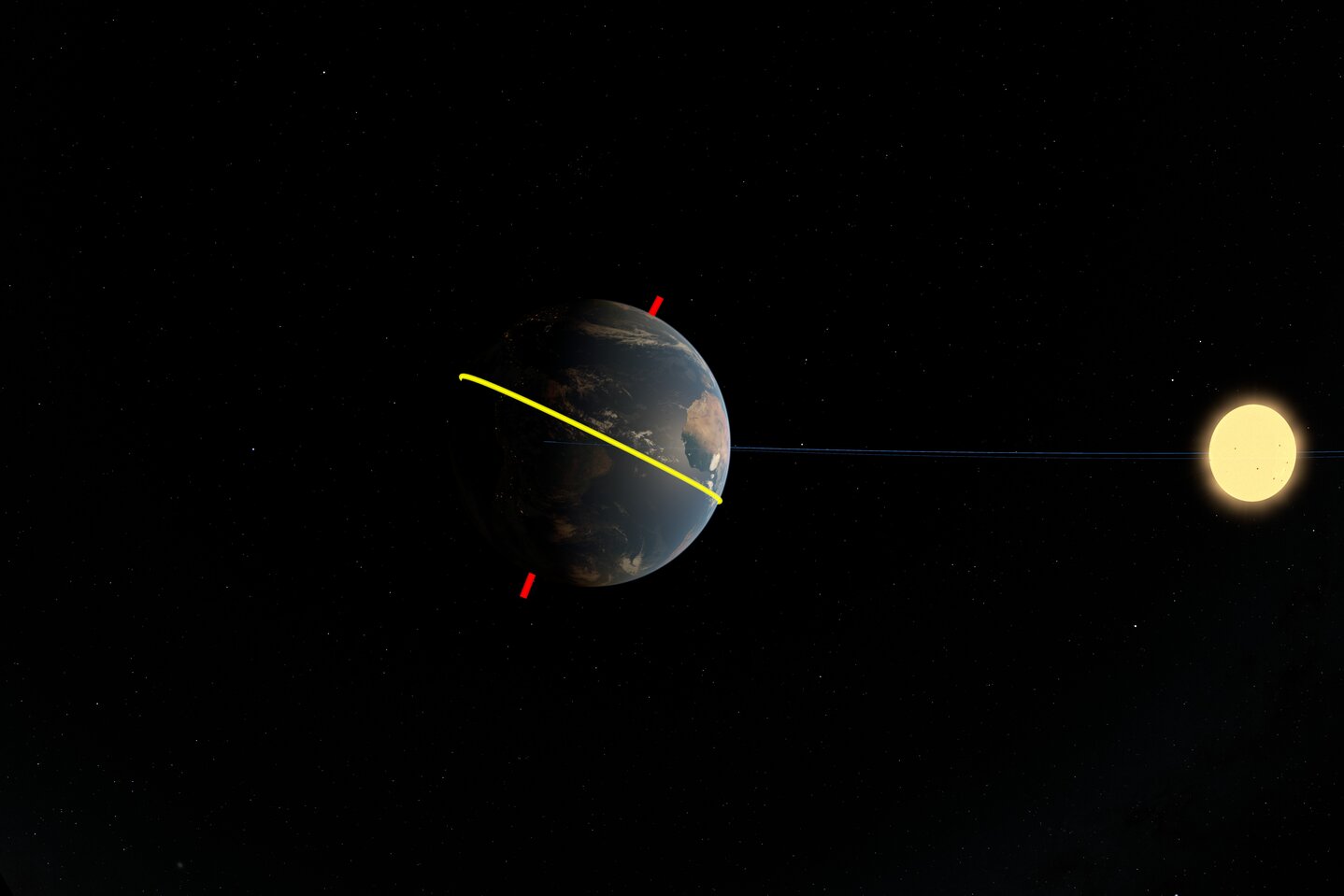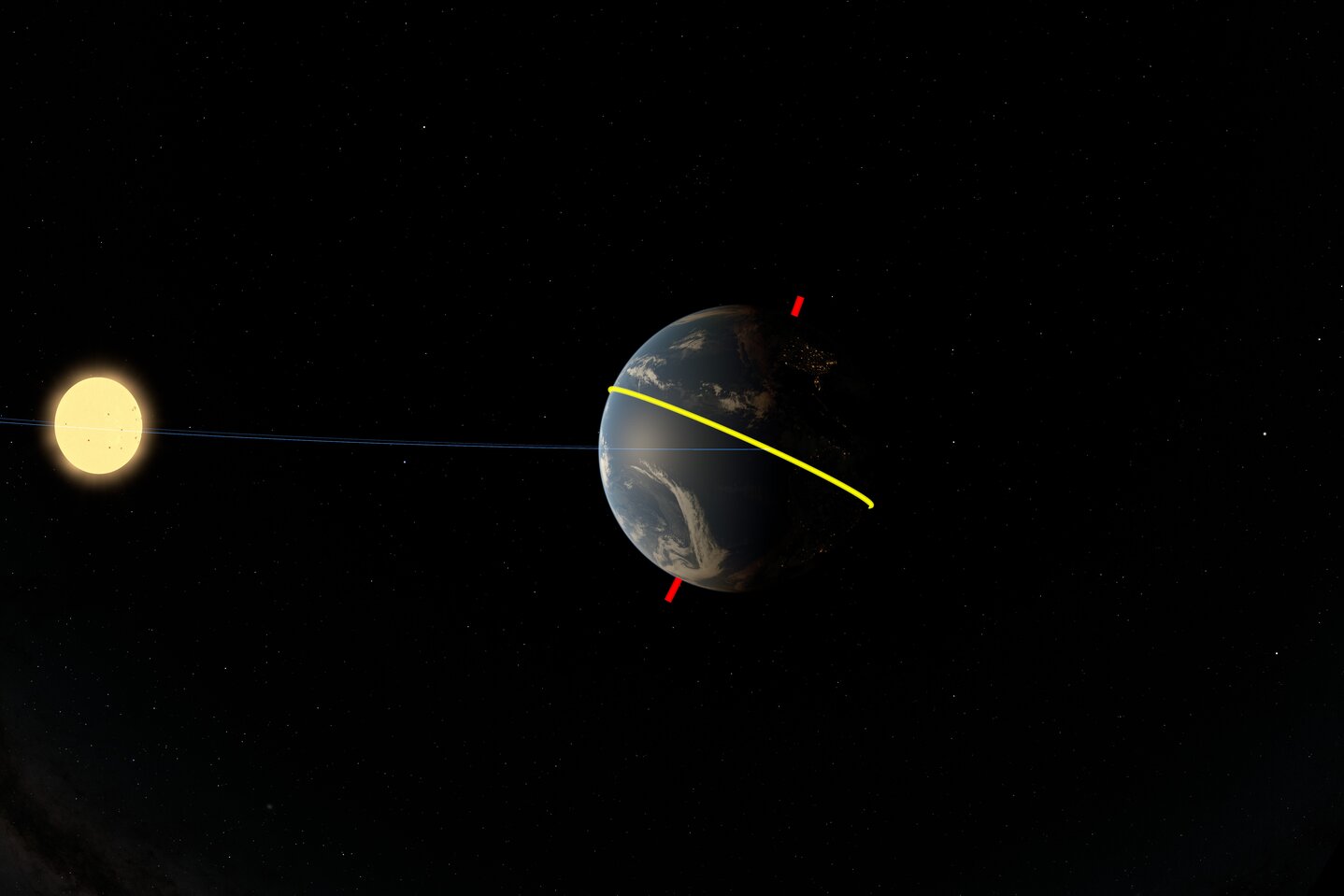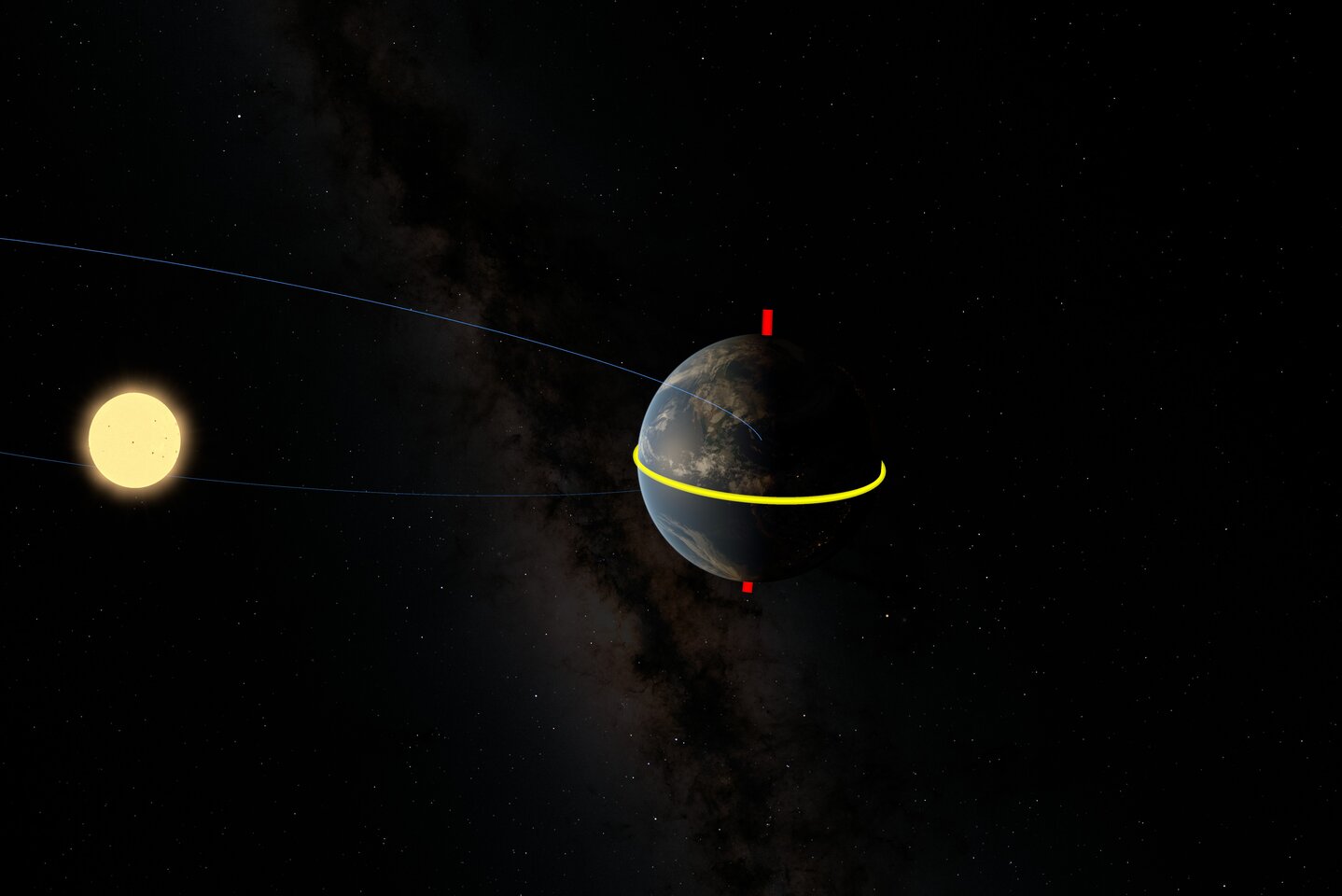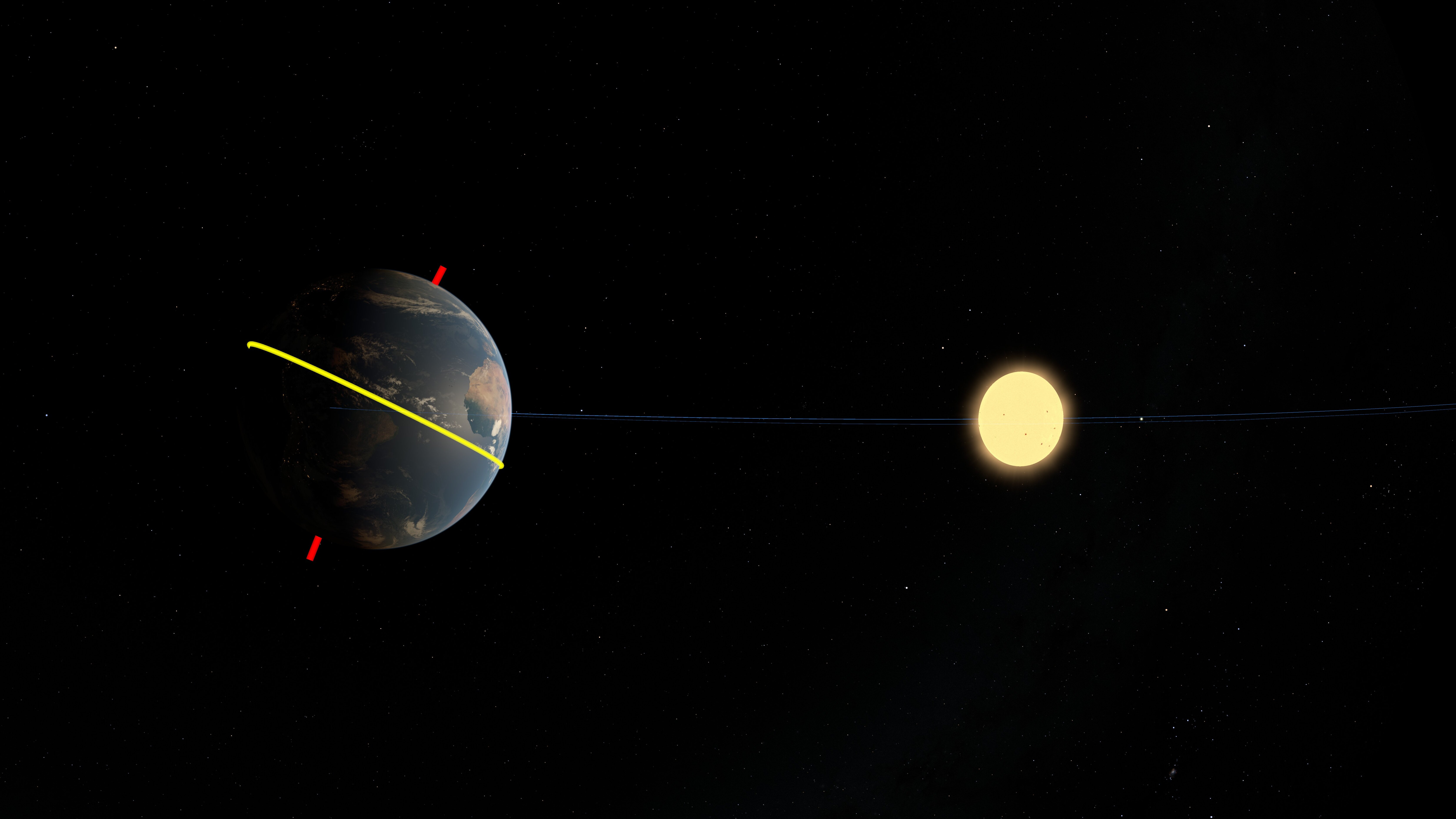
Every year, we look forward to the first warming rays of sunshine in spring, cool water in midsummer, but also the colorful sea of leaves in autumn or the first snowflakes in winter. But how are these seasons created?
Spring, summer, fall and winter
We take the seasons for granted, but what we call normal is very different - almost alien - in other places in the world. This can be understood if we get to the bottom of the origin of the seasons.
The sun moves across the sky as the earth's position changes. In addition to the daily movement from east to west, it moves higher and lower across the sky in the south throughout the year. If you look at the sun at the same time every day, you can see that it also moves vertically between winter and summer. Furthermore, on the elliptical orbit of the earth, we are sometimes closer and further away from the sun and also rotate around ourselves, so that the sun also has a slight horizontal movement. The result is an elongated figure eight in the sky - the analemma.
At the equator, this movement hardly plays a role, the sun is high in the sky all year round and the seasons are not very pronounced. In the polar regions, however, the movement of the sun in the sky is so great that it even disappears behind the horizon for half a year, dividing the year into six months of polar day and six months of polar night.
In the planetarium, we can present the seasons in all their variations all year round! And especially with the Swiss landscape, we show the seasons in "Vivaldi's Four Seasons 360"!

Author

Dorothea Holzschuh
Teamleader Planetarium
